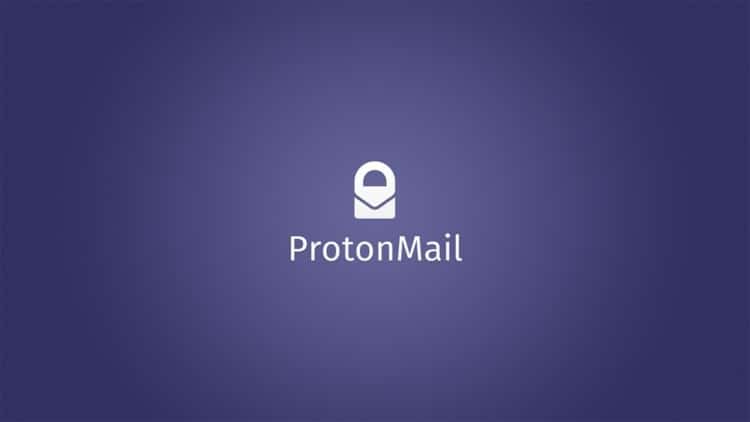The world of web hosting is rapidly evolving, and new technologies such as serverless and JAMStack (JavaScript, API, and Markup) are becoming increasingly popular alternatives to traditional hosting methods. These newer technologies offer many benefits in terms of scalability, cost-effectiveness, and performance, but they are not the only options available. In this article, we will explore the benefits and limitations of serverless and JAMStack, how they compare to more established hosting options and help you understand how to pick the best approach for your business.
What is Serverless and JAMStack?
Serverless hosting refers to the concept of running and managing applications and services without the need for a dedicated server. Instead, serverless applications rely on cloud providers, such as AWS Lambda or Google Cloud Functions, to execute code and handle the underlying infrastructure.
JAMStack is a type of web development approach that focuses on building web applications using JavaScript, APIs, and pre-built markup. This allows for better performance, increased scalability, and a more secure web development experience.
Benefits of Serverless and JAMStack
The biggest benefits of serverless and JAMStack are scalability and cost-effectiveness. With serverless hosting, your application only uses the resources it needs, and you only pay for the resources used. This means that if your application experiences a spike in traffic, the infrastructure will automatically scale to handle the increased demand, without the need for manual intervention.
JAMStack web development approach is more secure since the sites are built on pre-built markup and JavaScript, which are less vulnerable to attacks compared to sites built on dynamically generated markup.
Another benefit of JAMStack is the improved performance of your site, as pre-built markup is delivered to the client faster than dynamic markup. Additionally, JAMStack offers a better developer experience, with a simpler development environment and faster development time.
Limitations of Serverless and JAMStack
While serverless and JAMStack offer many benefits, there are also some limitations to consider. One limitation of serverless hosting is the lack of control over the underlying infrastructure. With traditional hosting, you have full control over the server and can make custom configurations as needed. With serverless hosting, you are limited to the options provided by the cloud provider.
Another limitation of JAMStack is that it’s not always the best fit for dynamic web applications that require a lot of server-side processing. In these cases, it can be more beneficial to use a traditional hosting approach.
Comparing Serverless and JAMStack to Traditional Hosting
When compared to traditional hosting options, serverless and JAMStack offer many benefits in terms of scalability, cost-effectiveness, and performance. However, traditional hosting options still have their place, particularly for more complex web applications that require a high level of control over the underlying infrastructure.
It’s worth noting that, while serverless and JAMStack are becoming increasingly popular, they are not necessarily mutually exclusive with traditional hosting. In fact, many companies are using a hybrid approach, combining the benefits of both traditional and newer hosting technologies.
| – | Serverless | JAMStack | Traditional Hosting |
|---|---|---|---|
| Deployment Model | Code-based | Pre-built | Code-based |
| Scalability | Automatic | Manual | Manual |
| Cost | Pay-per-use | Low | Fixed |
| Maintenance | Minimal | Low | High |
| Speed | Fast | Fast | Slow |
| Security | High | High | Moderate |
| Flexibility | High | High | Low |
| Database Integration | Limited | Possible | Possible |
| Development Process | Faster | Faster | Slower |
What’s the main difference between JAMStack and serverless?
JAMStack refers to a web development approach that uses prebuilt Markup, JavaScript and APIs, while serverless refers to the concept of running and managing applications and services without the need for a dedicated server, relying on cloud providers to execute code and handle the underlying infrastructure.
What are the main benefits of JAMStack?
The main benefits of JAMStack are better performance, increased scalability, and a more secure web development experience. Additionally, JAMStack offers a better developer experience, with a simpler development environment and faster development time.
Are Serverless and JAMStack the only options for the future?
No, Serverless and JAMStack are not the only options for the future. They are becoming increasingly popular, but they are not mutually exclusive with traditional hosting options. In fact, many companies are using a hybrid approach, combining the benefits of both traditional and newer hosting technologies. For example, a company could use serverless functions for their backend and JAMStack for their frontend, taking advantage of the scalability and cost-effectiveness of serverless and the performance and developer experience of JAMStack.
In addition to hybrid approaches, other options for the future of web hosting include containers, such as Docker, and platform-as-a-service (PaaS) providers like Heroku. These technologies offer a more structured environment for deploying and scaling applications, and can also offer improved security, performance and developer experience.
Conclusion
In conclusion, the future of web hosting is constantly changing with the introduction of newer technologies such as serverless and JAMStack. These newer technologies offer many benefits in terms of scalability, cost-effectiveness, and performance, but they are not the only options available.
Companies should consider a variety of options and find the right approach that best fits their specific needs. Whether it’s a hybrid approach, or another solution entirely, it’s essential to stay informed and adapt to new technologies to ensure the best possible outcome for your business.






